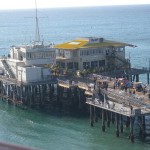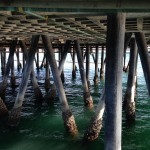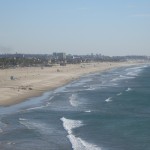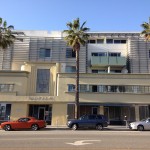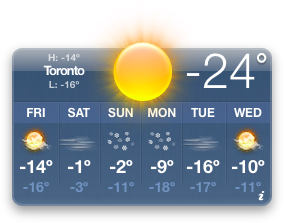Refreshments will be served
Title: A combinatorial-topological method for automatic classification of global dynamics in multi-parameter systems
Speaker: Pawel Pilarczyk
Date and Place: Wednesday, February 25, at 6pm, in Del Norte 2530
Abstract: A dynamical system is a mathematical concept for describing an object varying in time, using a fixed rule that depends on the current state of the object (and not on its past). Dynamical systems can be used to describe a variety of phenomena, such as the growth of a population or spreading of an infectious disease. In this talk, a computational framework will be introduced for automatic classification of global dynamics in a dynamical system depending on a few parameters (such as fertility rates or disease transmission rates). A set-oriented topological approach will be used, based on Conley’s idea of a Morse decomposition, combined with rigorous numerics, graph algorithms, and computational algebraic topology. This approach allows to effectively compute outer estimates of all the recurrent dynamical structures encountered in the system (such as equilibria or periodic solutions), as perceived at a prescribed resolution. It thus provides a concise and comprehensive classification of all the dynamical phenomena found across the given parameter ranges. The method is mathematically rigorous (a.k.a. computer-assisted proof), and has a potential for wide applicability thanks to the mild assumptions on the system. Effort will be made to ensure that the talk is accessible to non-specialists in the discipline.
Short bio: A Marie Curie Fellow at the Institute of Science and Technology Austria. Research interests: computational analysis of dynamical systems and computational methods in algebraic topology. MSc in Mathematics, MSc in Computer Science, PhD in Computational Mathematics. Conducts inter-disciplinary and cross-disciplinary research, with international collaborators. Post-doctoral experience at the Jagiellonian University (Krakow, Poland), Georgia Institute of Technology (Atlanta, GA), Kyoto University (Japan), and the University of Minho (Braga, Portugal). Author of 16+ publications in peer-refereed academic journals. Delivered 20 talks invited to international conferences and workshops, and 30+ seminar talks at academic institutions in several countries.

